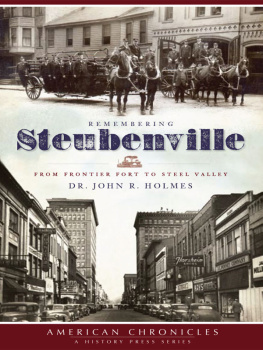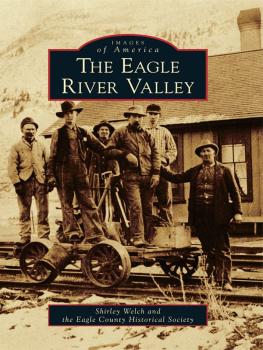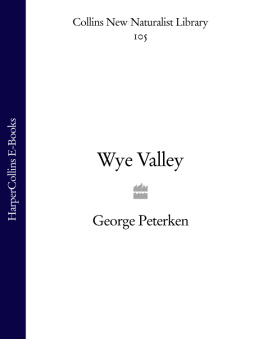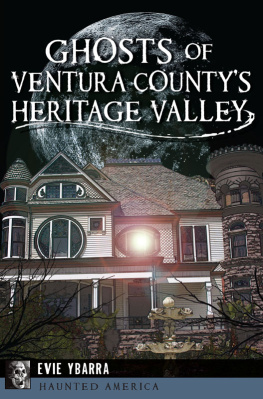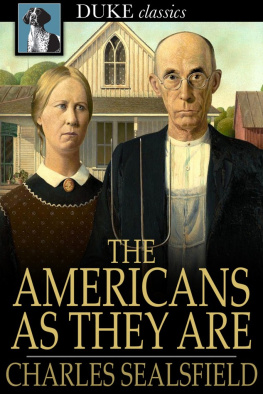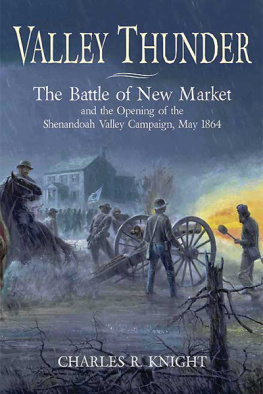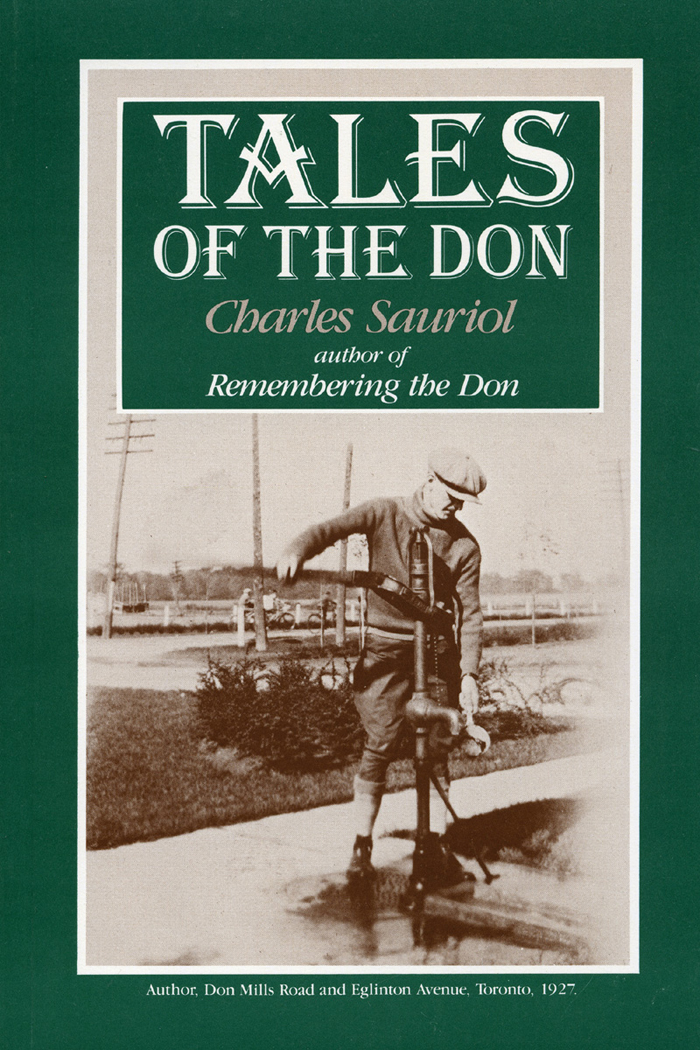
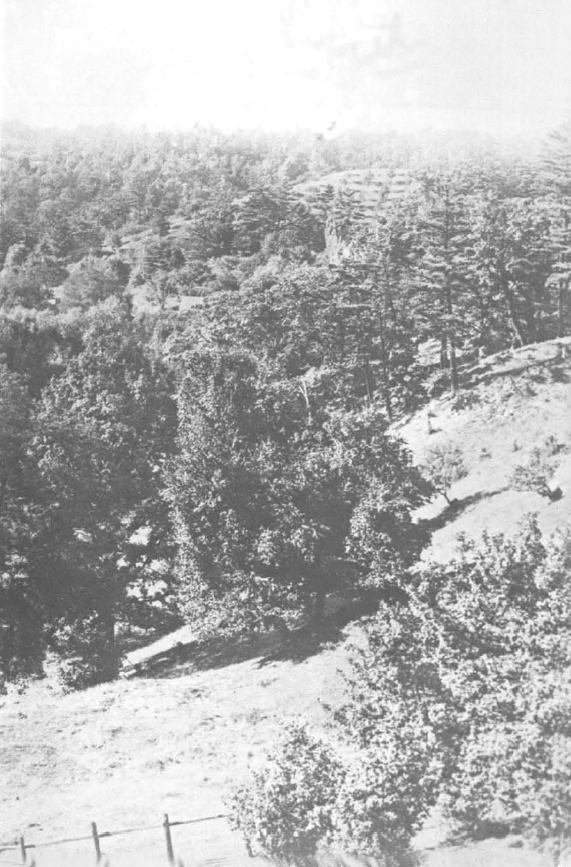
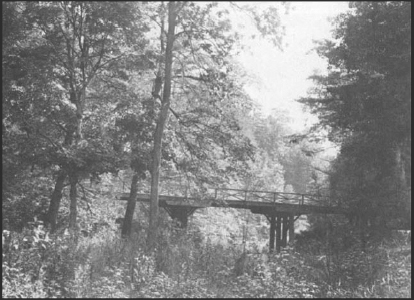
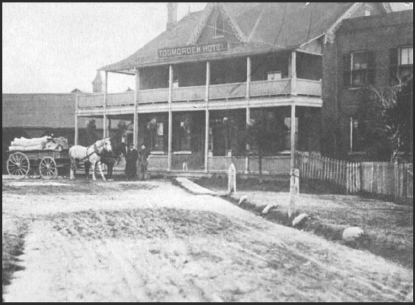
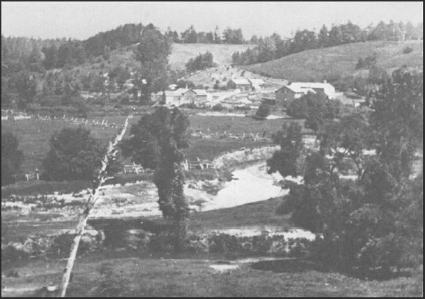
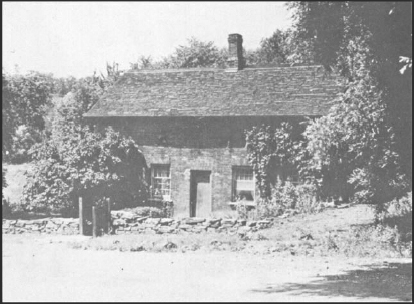
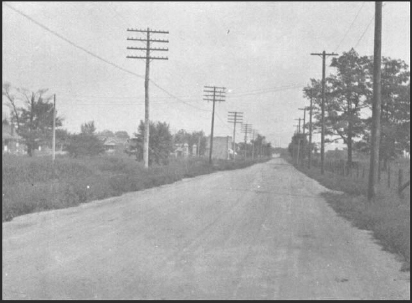
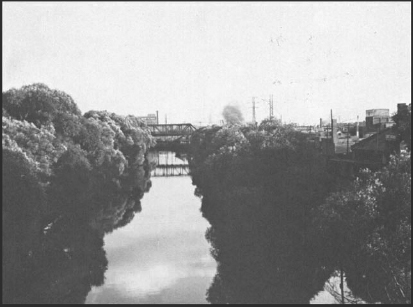

Tales of the Don
written by Charles Sauriol
published by
Natural heritage/Natural History Inc.
P.O. Box 69, Postal Station H
Toronto, Ontario
M4C 5H7
Copyright 1984
Published with a grant in-aid-of publication from the Ontario Heritage Foundation, Ministry of Citizenship and Culture.
No portion of this book, with the exception of brief extracts for the purpose of literary review, may be reproduced in any form without the permission of the publishers.
Design and Production Derek Chung Tiam Fook
Typography Primetype
Printed and bound in Canada by
T.H. Best Printing Company Limited.
1st Printing-November 1984
Canadian Cataloguing in Publication Data
Sauriol, Charles, 1904
Tales of the Don
ISBN 0-920474-30-6
1. Sauriol, Charles, 1904- 2. Don River
Valley (Ont.)-History. I. Title.
FC3097.56.S29 1984 971.354 C84-098749-8
F1059.5.T686D66 1984
CONTENTS
Part One
What Was and What Might Have Been
Part Two
Introduction
Part Three
Introduction
Part Four
Lest Old Acquaintance Be Forgot
DEDICATION
To my wife Simonne, my daughters Denise, Monique, Marcelle and son Claude, and to those many friends French and English speaking who shared with my family unforgettable and happy hours during our many summers at the Forks of the Don.
INTRODUCTORY PHOTOGRAPHS
Inside Front Cover Photo:
Don Valley near Pottery Road, 1900.
Bridge over Castle Frank ravine, circa 1880. Photo by the Hon. Alexander M. Ross, Provincial Treasurer.
Original Todmorden Hotel on Broadview Avenue at Pottery Road, circa 1880. (Photo by J.V. Salmon)
Taylors Mills, Don Forks about 1890. View toward north from a high hill which was levelled for Parkway. This inscription appears on the back of the photo from the collection of Ted Chirnside of Willowdale, Ontario. The author of Tales of the Don affirms that most of the buildings shown in the photo were standing in the 1930s, likewise the orchard in the background of the buildings. However there have been some changes in the scenery, presumably the woods in the upper left hand corner of the photo is the west valley of the Don. The two streams of water in the lower half of the photo do not relate to their present position; these streams are presumably the east branch of the Don and Taylors creek. Apparently the west branch of the Don does not appear in this photo. It would be to the left of the photo. Nor is the Taylor upper paper mill shown in the photo. It stood on the west branch of the Don to the left of the photo. The original scenery at the Forks of the Don and along the east valley of the Don was seriously altered when a railway line was laid along the valley in the early 1900s. Likewise when roads were laid across the valley. Nevertheless the photo is a valuable momento of the Forks of the Don, of the turn of the century.
Original workmans house, occupied by employee of Helliwell Brewery. Later purchased by Rand Freeland, originator of Fantasy Farm on Pottery Road. (Photo: J.V. Salmon)
OConnor Drive looking east from Pape Avenue, circa 1920. (Photo by Stuart L. Thompson)
Lower Don with Queen Street bridge in background, circa 1920s.
Sugar Loaf Hill close to the Bloor Street Viaduct in 1938. This important geological site was obliterated from the landscape, removed as fill.
INTRODUCTION:
The Way It Was - And Is
In stories I have read about country living there are people who leave their homes and jobs in the city and move, usually to abandoned farms adjacent to wilderness areas, to find independence and, almost invariably, happiness. They make a clean break with their former lifestyles. Their past is in the past. What they seek in the country is acquired at the expense of what they leave behind in the city.
I had no such experience in my search for the rural life. I enjoyed country living but I didnt have to give up the pleasures of the city, my lifestyle or position. I was able to do this due to some unusual circumstances. I acquired four, then five acres of land and a dilapidated dwelling at the Forks of the Don, two miles from my permanent city residence and about four miles from downtown Toronto.
To be able to live in the countryside yet be so close to Toronto is inconceivable today. In the late 1920s the Don Valley stood as a barrier of trees, slopes and flood plain to arrest the citys growth. Bayview Avenue, then a dirt road, ended at the edge of the Valley. Houses and streets straggled eastward from Yonge Street to what later became the burgeoning community of Leaside. Don Mills Road wound northward, girded with stately elms, through the lands of the Meagher, Donlands and other farms. OConnor Drive did not yet exist.
There were market gardens stretching from Pape Avenue to Woodbine Avenue and beyond. Today the Thorncliffe Plaza stands on what once was farmland, as does Flemington Park. Wexford, Oriole and Agincourt were hamlets I usually reached by bicycle. The Taylor farm at the Forks of the Don has long since been obliterated by housing developments. Today I would have to travel 30 miles or more northward to enjoy the rural and wildwood settings that I found at my door in the 20s and 30s.
The Don Valley was virtually uninhabited when I first knew it. There were a few old houses, some sheds, a few mills, mill dams and the tracings of onetime mill races, abandoned orchards and straggling lilac bushes. These were the most visible signs of a vanished pioneer life.
I was not alone in knowing that a person could live in the country and still be close to the city. Mrs. Wilfrid Davies told me that each spring the Davies family travelled two or three miles from their residence on Sherbourne Street to spend the summers in the country. In those days the house was surrounded by open countryside dotted with orchards. Mrs. Davies still lives in that summer house, which stands at Hillside Drive South and Broadview Avenue.
Members of the MacLean clan used to meet at Broadview Avenue and Danforth Avenue to be conveyed to Donlands Farm, which was located at Eglinton Avenue and Don Mills Road, far out in the country in those days. Mr. Rupert Edwards told me that Mrs. Edwards felt that their country home, now Edwards Gardens, was too far away from the city for her to enjoy.


